Discover the World of Machine Learning Now
In the revolution of artificial intelligence, machine learning stands out as one of its most important pioneers. This science spreads its wings to take us on an amazing journey through limitless possibilities. So, what is machine learning? What are its benefits? And what challenges does it face?
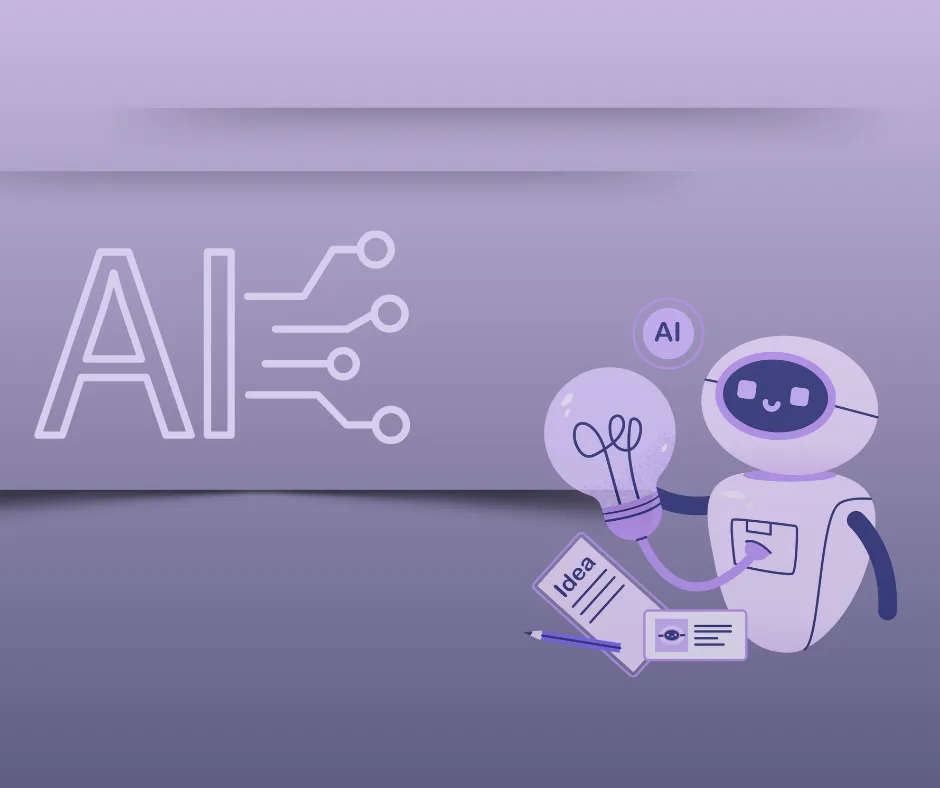
Definition of Machine Learning and Its Basic Principles
Definition of Machine Learning
Machine learning is a branch of artificial intelligence (AI) that focuses on developing computer systems capable of learning from data and improving their performance automatically, without the need for explicit programming for each task.
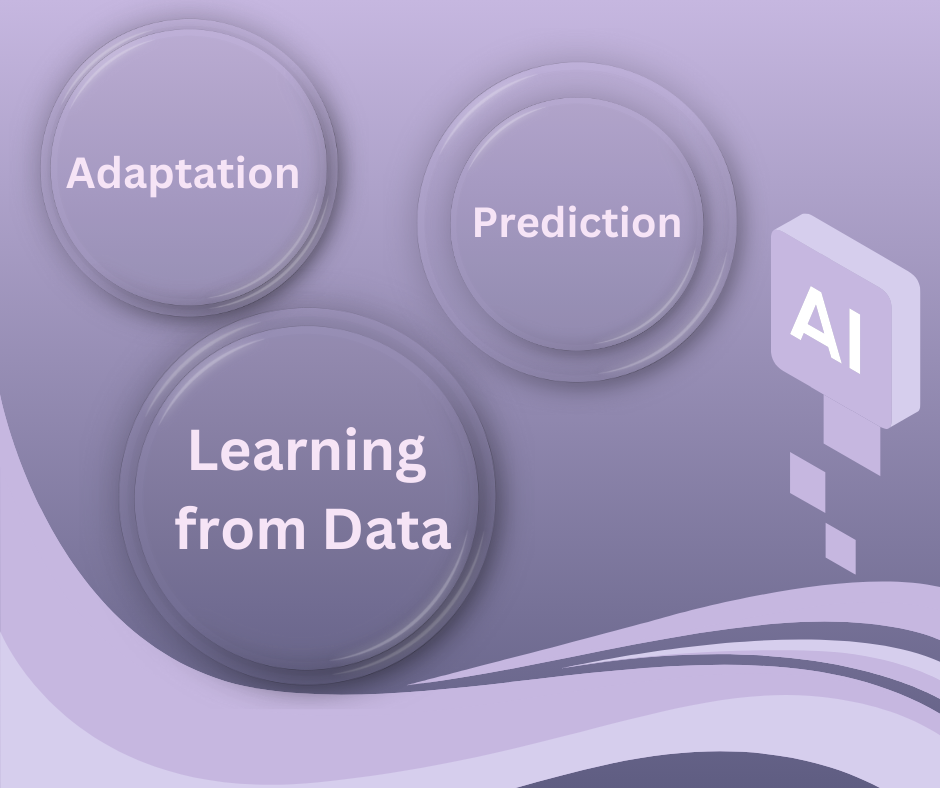
Basic Principles of Machine Learning
· Learning from Data:
Machine learning systems can analyse data and extract patterns and relationships without being explicitly programmed to do so.
· Prediction:
Machine learning systems can use what they have learned from data to predict new outcomes.
· Adaptation:
Machine learning systems can improve their performance over time as they are exposed to more data.
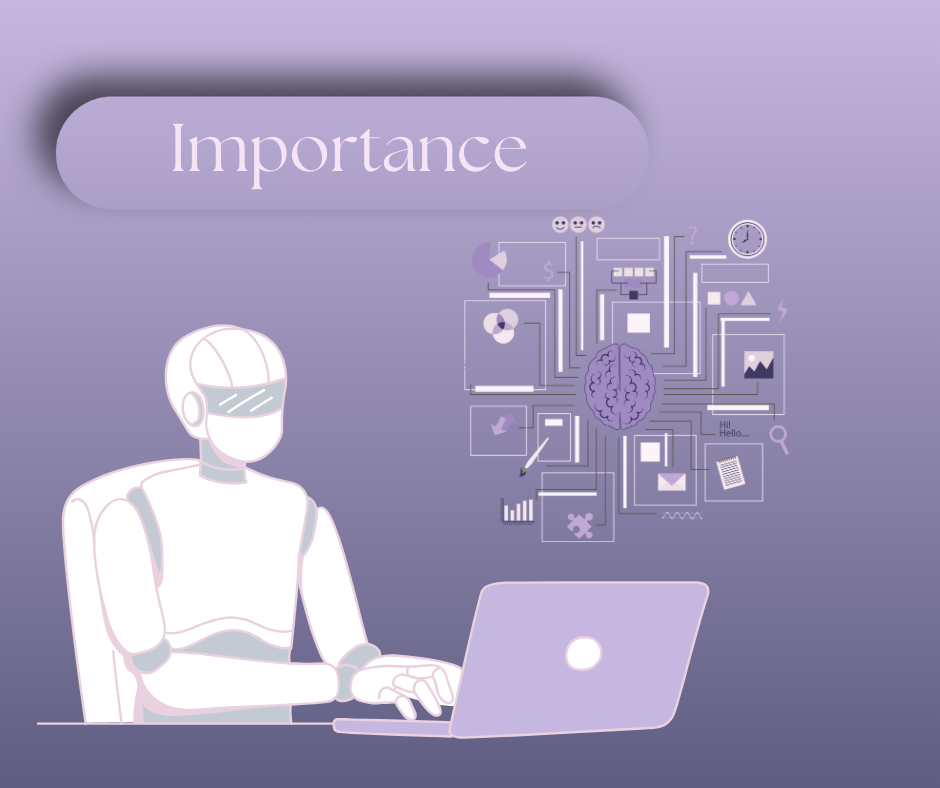
The Importance of Machine Learning in the Age of Artificial Intelligence
Machine learning is one of the most important pillars of artificial intelligence, playing a crucial role in enabling AI systems to perform various tasks efficiently and effectively.
Ø Performance Improvement:
Machine learning systems can continuously improve their performance as they are exposed to more data. For example, a machine learning system used in medical diagnosis can become more accurate as the volume of training data increases.
Ø Task Automation:
Machine learning can automate many tasks that previously required human intervention, saving time and effort. For instance, machine learning can be used to write reports, analyse data, and provide customer service.
For example, machine learning can be used to identify new market opportunities or detect fraud in financial transactions.
Ø Future Prediction:
Machine learning can utilize what it has learned from data to predict new outcomes. For instance, it can be used to forecast the likelihood of rain or the occurrence of an earthquake.
Ø Improving Quality of Life:
Machine learning can enhance quality of life in various fields such as:
· Healthcare:
Medical diagnosis, drug development, medical data analysis.
· Education:
Personalization, assessment, e-learning.
· Environment:
Environmental monitoring, natural resource management.
Ø Creating New Opportunities:
Machine learning can open up new opportunities in various areas such as:
· Innovation:
Developing new products and services.
· Business:
Improving processes, increasing productivity.
· Scientific Research:
Finding solutions to complex problems.
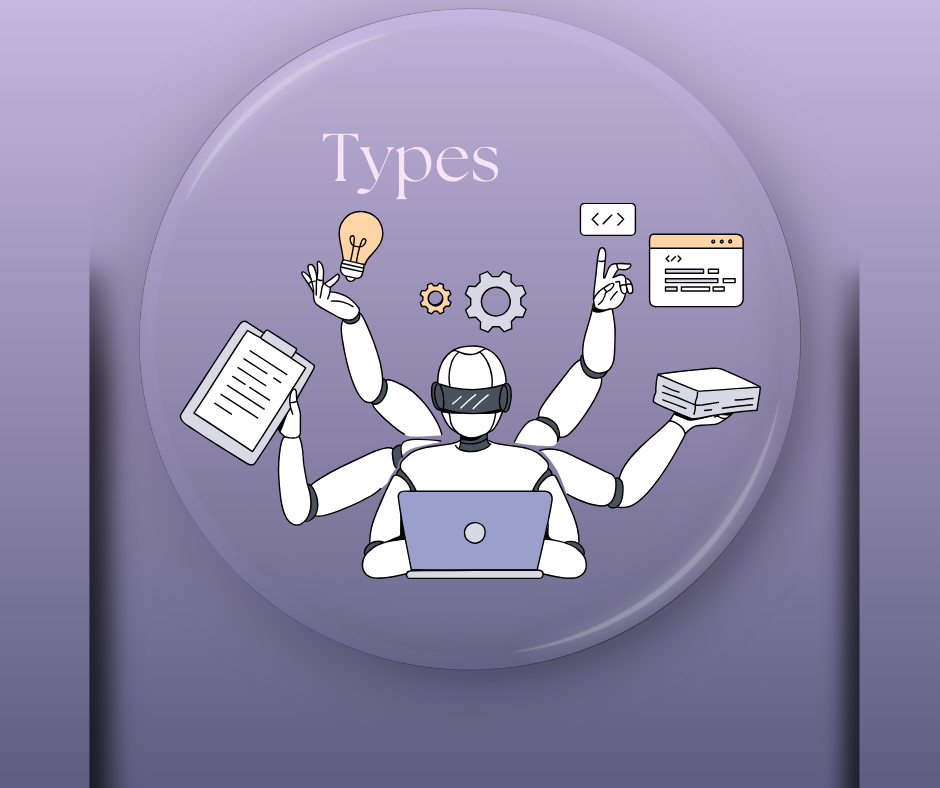
Types and Techniques of Machine Learning
Machine learning can be divided into three main types:
Ø Supervised Learning:
This relies on labelled examples. Correct examples are presented to the system, such as images of cats and dogs, so it can learn to differentiate between them.
Ø Most Common Techniques in Supervised Learning:
· Linear Regression:
Used to predict the value of a numeric variable.
· Classification:
Used to determine the categories to which data belongs.
Unsupervised Learning:
Unsupervised learning relies on unlabelled data. The system searches for patterns and relationships in the data without any prior information.
Ø Most Common Techniques in Unsupervised Learning:
· Clustering:
Used to divide data into subgroups.
· Principal Component Analysis (PCA):
Used to reduce the dimensionality of data.
· Deep Learning:
Used to solve complex problems such as image and language recognition.
Ø Reinforcement Learning:
Reinforcement learning is based on rewards and punishments. The system learns how to act in a given environment through experience with actions, rewards, and penalties.
Ø Most Common Techniques in Reinforcement Learning:
· Dynamic Programming:
Used to solve decision-making problems.
· Q-learning Algorithms:
Used to determine the best course of action in an environment.

Ethical and Legal Challenges of Machine Learning
Machine learning raises several ethical and legal challenges. Here are some examples:
Ø Bias:
Machine learning systems can be biased, leading to unfair or inaccurate outcomes. For example, machine learning systems used in hiring may be biased against certain groups of people.
Ø Privacy:
Machine learning systems can be used to collect and analyse personal data, raising concerns about privacy. For instance, these systems may track individuals' movements or online behaviour.
Ø Transparency:
Machine learning algorithms can be complex and difficult to understand, making it challenging to evaluate or hold them accountable. For example, it may be hard to determine why a machine learning system made a particular decision.
Ø Responsibility:
It is unclear who is responsible for any harm caused by machine learning systems. For instance, who is liable if a self-driving car causes an accident?
Ø Employment:
The use of machine learning systems may lead to job losses, especially in roles that require routine skills. For example, robots may replace factory workers
Ø Impact on Society:
Machine learning can have a significant impact on society. On one hand, it may help solve complex issues such as climate change. On the other hand, it may exacerbate other problems like inequality.
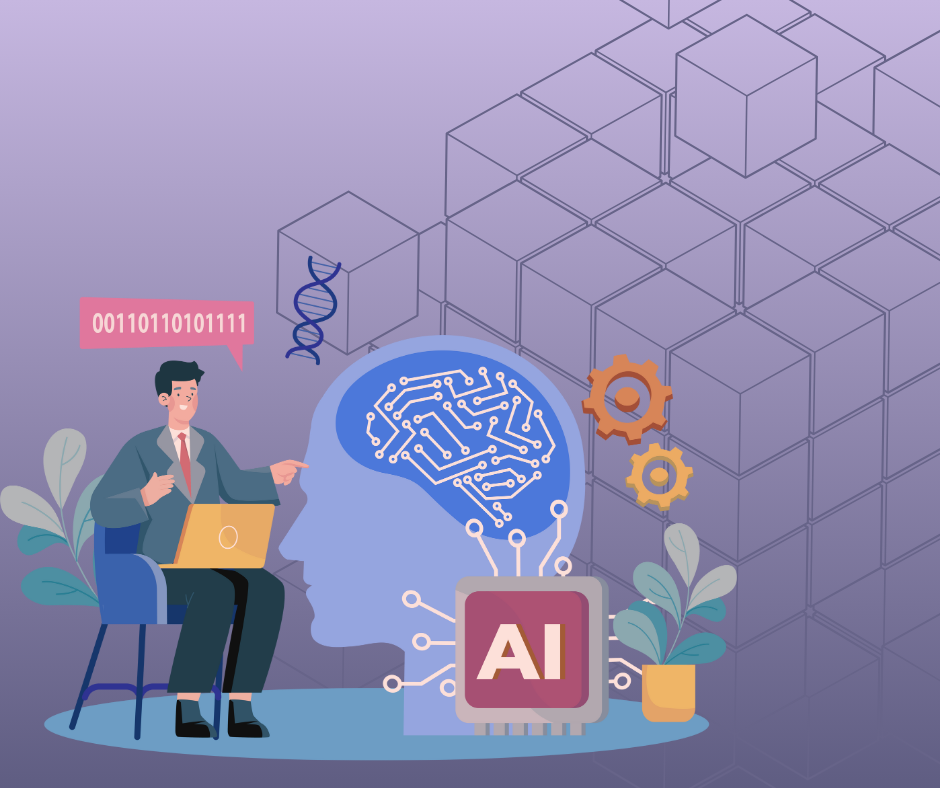
The Future of Machine Learning and Its Impact on Our Lives
Machine learning is expected to have a significant impact on our lives in the future. Here are some examples:
Ø Improving Quality of Life:
· Healthcare:
Early diagnosis of diseases, development of personalized treatments
· Education:
Customization of educational content, improved assessment of students.
· Environment:
Environmental monitoring, management of natural resources.
Ø Creating New Opportunities:
· Innovation:
Development of new products and services.
· Business:
Optimization of processes, increased productivity.
· Scientific Research:
Finding solutions to complex problems.
Changing the Nature of Work: Machine learning is expected to change the nature of work. On one hand, it may lead to the loss of some jobs. On the other hand, it could create new jobs.
Conclusion
In conclusion, we find ourselves in a world rich with possibilities, filled with challenges, and charged with hopes. We have delved into the world of machine learning and seen how this amazing technology can change our lives for the better. Through its applications in various fields, machine learning has proven its ability to improve healthcare, increase productivity, create new learning opportunities, and provide smart solutions to complex problems.

.webp)

